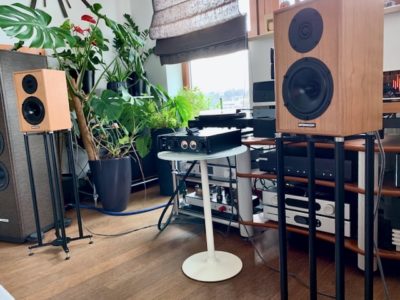
Audiophile cable
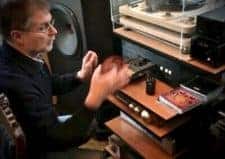
Cable burn in
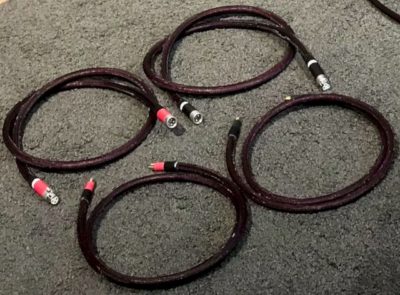
Difference
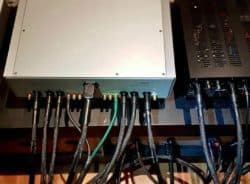
Cable cost
A suitable audio cable comes at a price, whereas a poorly made or lower grade cable commands a low price. Also, a ‘high-end’ cable will cost a very high price. Let me give you some pricing examples, and I will start with my favourite, the Power cable.
- Standard power cable – usually supplied with the component, and costs 15 – 30 Euros.
- Upgraded power cable – provided by a good hi-fi store, and costs 300 – 900 Euros.
- High-end power cable – supplied from a high-end dealer and costs 1000 – 7000 euros
As you can see, there is a considerable variation between the prices, but is there a difference in the sound heard at the loudspeakers? At, this point I will say yes, there is a difference. And depending on the quality and price of the cable, the difference can be huge!
Power cable
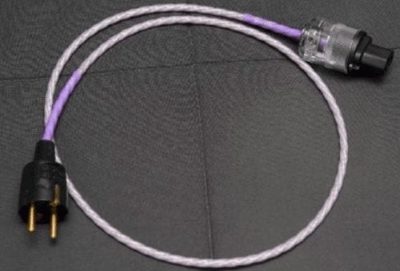
Nordost information
I have great respect for ‘Nordost‘, as they are the leaders in the industry. And, I would like to share some information from the Nordost website:
“When you connect a cable, the directionality not established. However, once the signal is running current through, the trapped gases are dissipated. Small impurities in the conductor’s metal begin to act like a diode, favouring current flow in a particular direction. Using extensive bandwidth signals and a range of both ultra-low and high-frequency sweeps, the conductors neutralises charges and improves how signals pass through metal, ultrasonically conditions the surface of the conductors. It is these changes in both the conductor and insulation material that refines performance in audio cables.”
While it is most important to implement burn-in upon purchase, there is something to be gained from routine maintenance. If cables are left unused for a prolonged period, they become stagnant. And even though everyday cable use, electrical equipment experiences current leakage, imparting a charge onto your cables.
How long do my cables have to break in?
Usually, we recommend at least 168 hours. However, our Reference level cables require at least 336 hours.
What is the best way to break in my cables?
The best way to break in your cables is to burn them in on the Nordost VIDAR machine by an Authorised Dealer. Most dealers will do this for a small charge, and many offer this service when you buy your cables from them.
Can I have my cables burned in at the Nordost factory?
No, we don’t offer this service at our factory due to the volume of work and the logistics involved.
What happens during break-in?
Considerable changes occur in the cable during the break-in process. Any gases trapped between the insulation and the conductors during manufacturing dissipated. Additionally, the insulation material charges up. As a result, the diode effects of the conductor will be more pronounced after 168 hours of break-in. During this time, the cable takes on a direction.
How long does break-in last?
If the cable unused for more than one month, it will benefit from being broken in on the VIDAR. It is a good idea to bring your cables back to your local dealer every year and have them broken in again. Audiophile cable burn in
Why is the VIDAR better for breaking in cables?
The VIDAR applies a wide-band signal of varying amplitude through the cable. In the ordinary course of use, cables such as tonearm and analogue interconnects never get a high movement level. Meaning it can take a long time for them to break in thoroughly. The VIDAR speeds up this process by the combination of frequencies it puts through the cable. As a result, the results from the VIDAR will be better than any other break-in method used.
Cables such as tonearms and analogue interconnect usually are never exposed to high signal levels, so it takes an extra long time for them to break in. When a cable connected to the VIDAR, subjected to a wideband signal of varying amplitude. The combination of frequencies put through the cable speed up the break-in process. As a result, results from the VIDAR will always be better than any other break-in method used.
Knowledge
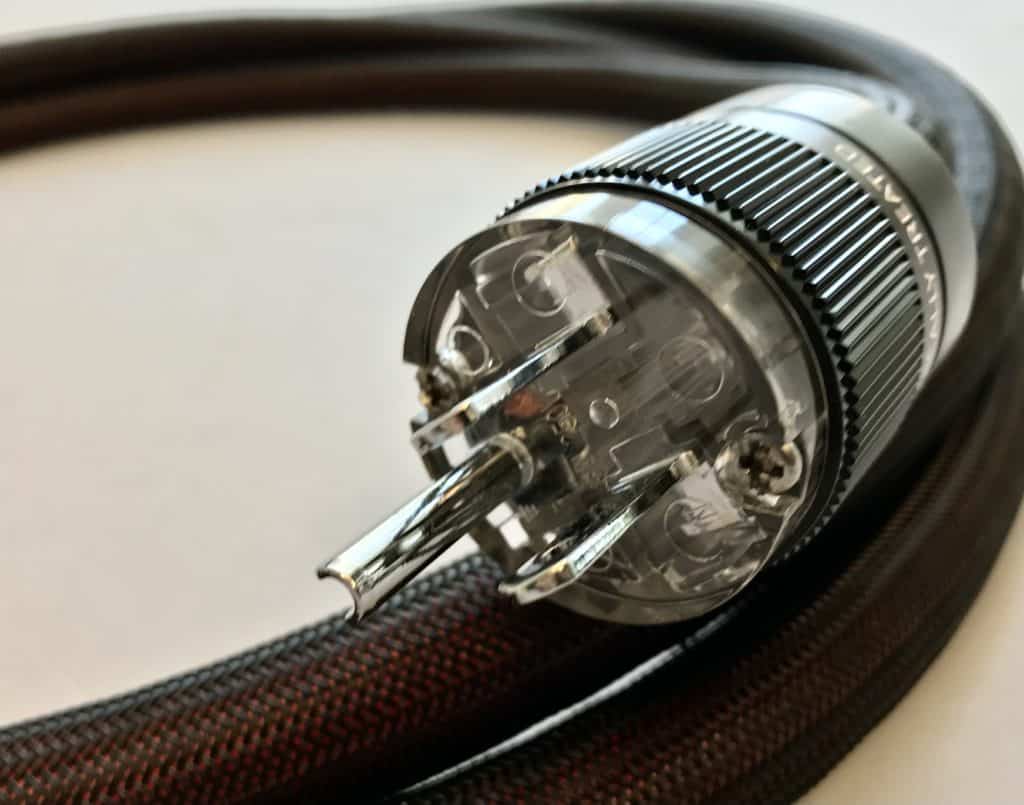
Hearing

Conclusion
Great information from Nordost and I agree in principle with most of the points. But I will say with Perkune audiophile cables the burn-in process is must faster.
If you have enjoyed ‘Audiophile cable burn in’, please share with friends
Author: Paul A. Goodwin (Perkune audiophile cables)
Dated: 03/06/2021
Perkune – Best budget Audiophile Cables